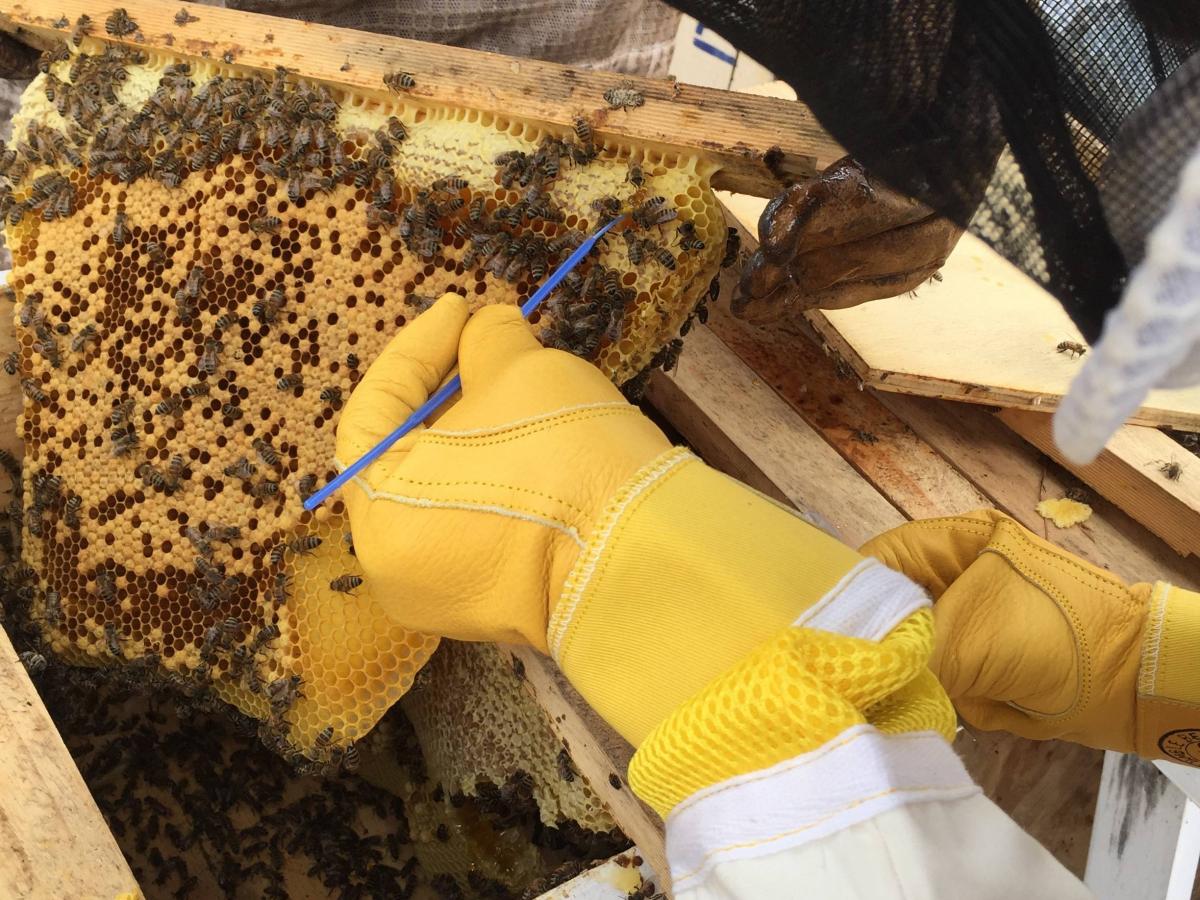
Samples taken from Kangaroo Island beehives in 2019 before the devastating bushfires have yielded new species of lactic acid bacteria that could be used in the fermentation.
Researchers from the University of Adelaide have discovered new species of lactic acid bacteria on Kangaroo Island that could be used in the fermentation of wine, ciders and sour beers.
Six strains of bacteria were isolated from insects and flowers on various properties and locations across Kangaroo Island in late 2019.
This resulted in the discovery of five unique species - Fructilactobacillus cliffordii, Fructilactobacillus hinvesii, Fructilactobacillus myrtifloralis, Fructilactobacillus carniphilus and Fructobacillus americanaquae.
The research has been published in the International Journal of Systematic and Evolutionary Microbiology.
"We selected Kangaroo Island due to its unique microclimates, undisturbed and biodiverse plant life and beekeeping industry with intact biosecurity protocols," said lead author and PhD candidate Scott Oliphant from the University of Adelaide's School of Agriculture, Food and Wine.
"These samples were collected shortly before the devastating bushfires in the summer of 2019-20.
"Some of the microbes we assessed were from Flinders Chase National Park apiaries, which were destroyed in those bushfires."
According to project lead Professor of Oenology Vladimir Jiranek, the focus of the project is to find organisms that could be used in the fermentation of beverages such as wine, ciders, and sour beers.
The strains are now being tested for their use in the beverage industry.
"We selected Kangaroo Island due to its unique microclimates, undisturbed and biodiverse plant life and beekeeping industry with intact biosecurity protocols."PhD candidate Scott Oliphant
Samples were taken from Kangaroo Island Ciders, Clifford's Honey Farms, Living Honey, De Tong Ling, Island Beehive, and near Sunrise on Falie accommodation.
Two of the species have been named after Shawn Hinves, from Living Honey, and the Clifford family.
Mr Oliphant said lactic acid bacteria represent a diverse group of micro-organisms that can be found in a variety of plants and insects.
"Flowers have previously been a common source for isolating diverse groups of lactic acid bacteria," Mr Oliphant said.
"For example, Fructilactobacillus florum was isolated from flowers of peony and bitou, Fructilactobacillus ixorae from West Indian jasmine and Fructobacillus tropaeoli from nasturtium.
"Bees, wasps, sawflies and ants exchanges these microorganisms when they visit different types of flowers."






